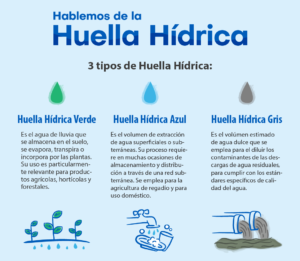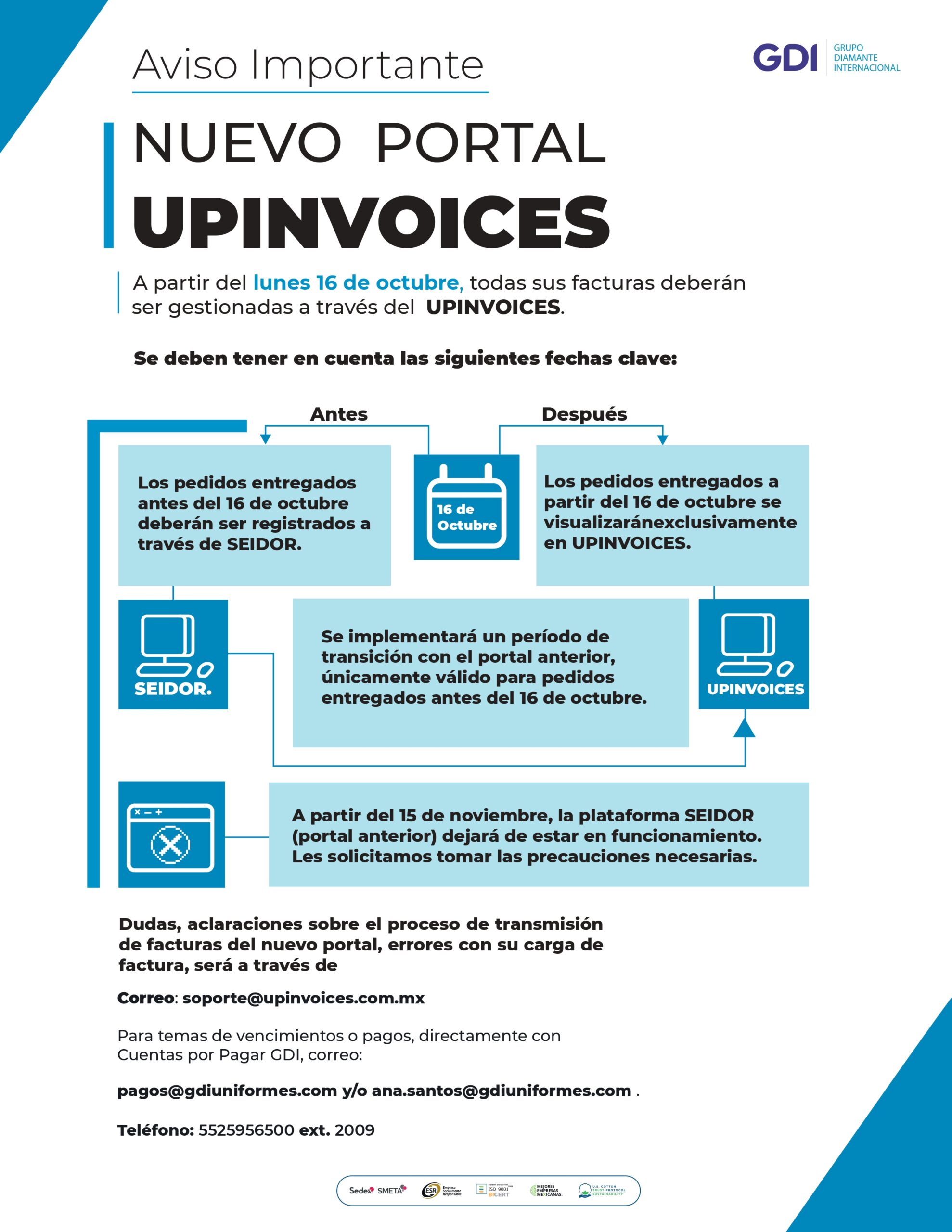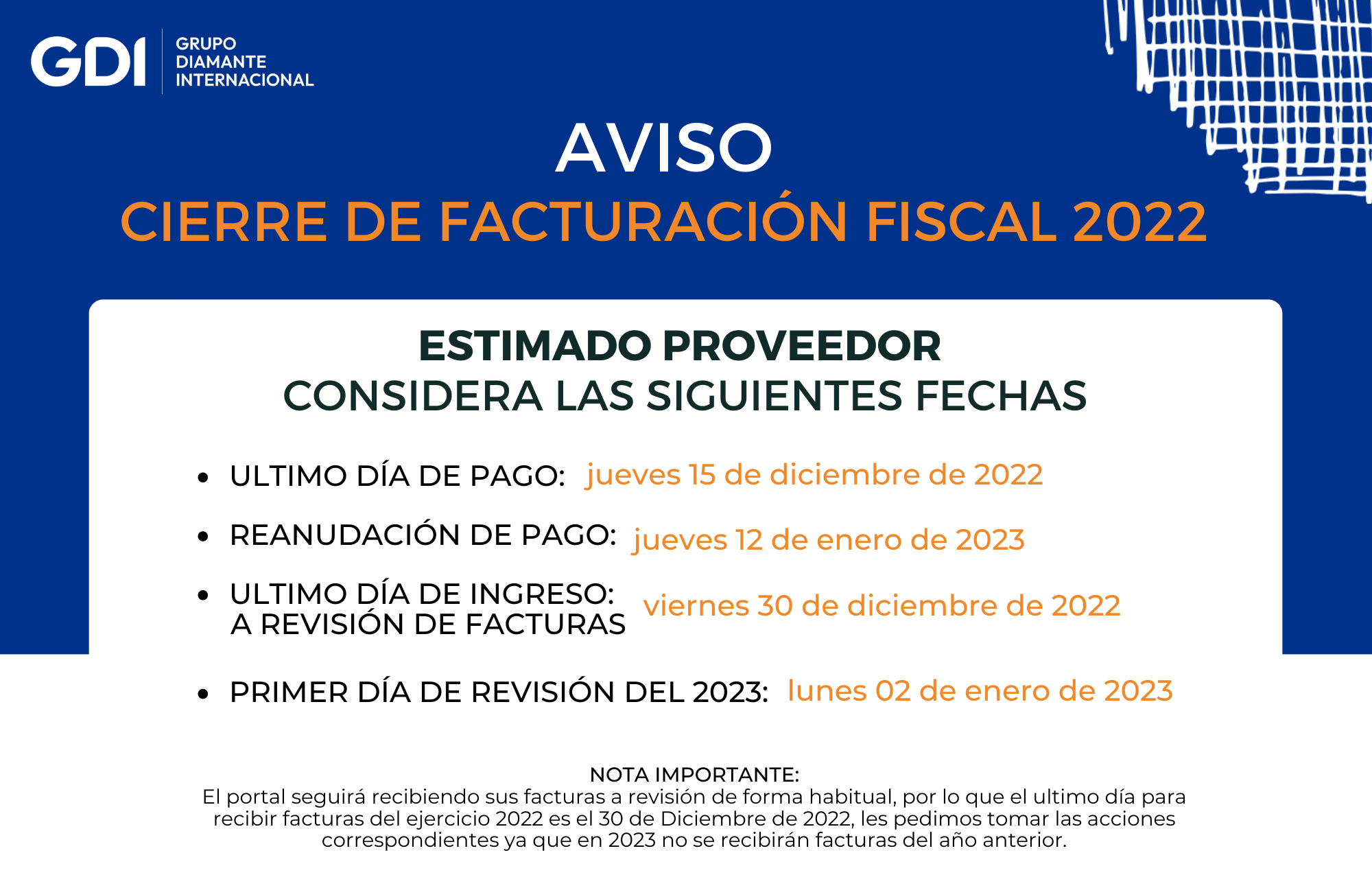La forma en la que consumimos son la causa y la consecuencia de muchos problemas medioambientales que enfrenta hoy el planeta: la deforestación, la invasión plástica, el cambio climático y la pérdida de biodiversidad, por ello, las pequeñas decisiones que tomamos todos los días sobre qué comer, dónde comprar o cuánto gastar importan más de lo que creemos.

El consumo responsable es un concepto que defiende que los seres humanos deben cambiar sus hábitos de consumo ajustándolos a sus necesidades reales y a las del planeta, y escogiendo opciones que favorezcan el medio ambiente y la igualdad social.
Algunos de los puntos a tener en cuenta en el consumo responsable son:
- Considerar el impacto ambiental de los productos que compramos, valorando los procesos de producción, transporte, distribución, consumo y residuos que deja el producto.
- Determinar la huella hídrica que determinados estilos de vida y consumismo producen.
- Determinar empresas, productos y servicios, que respeten el medio ambiente y los derechos humanos.
- Asegurar la calidad de lo comprado
Un consumo consciente y responsable, orientado al fomento de actividades satisfactorias para la naturaleza y las personas es una gran contribución y un decisivo instrumento de presión frente al mercado.
Un consumidor responsable es una persona informada y consciente de sus hábitos de consumo, conoce y exige sus derechos como consumidor, busca la opción de consumo con el menor impacto negativo posible sobre el medio ambiente y con un efecto positivo en la sociedad. Esta manera responsable de consumir se traduce en muchos pequeños actos y decisiones diarias.
Razones para promover el consumo responsable
Hay muchas razones por las que deberíamos impulsar el consumo responsable, como:
- Solidaridad y respeto hacia todas las personas implicadas en los procesos de producción de los productos o la prestación de servicios que disfrutamos. No solo debemos preguntarnos qué efecto tiene mi consumo en mí, sino también qué efecto tiene en los demás.
- Proteger el medio ambiente y dejar a las generaciones venideras un entorno saludable. Conscientes del impacto medioambiental y los residuos que provoca nuestro consumo, no solamente pensamos en el momento en el que disfrutamos del producto o servicio, sino también en el antes y el después.

En GDI implementamos el consumo responsable, tanto de manera interna como externa. Buscando que todas las partes de la cadena de producción, venta y distribución cuiden el medio ambiente.
Somos una empresa que tiene reconocimientos que avalan que somos una empresa Socialmente Responsable, ya que, contamos con productos sustentables, procuramos que nuestra producción sea limpia y no dañe el medio ambiente.
Estamos comprometidos a seguir con nuestra calidad de servicio sin dañar el medio ambiente. Te brindamos lo necesario para que formes parte de un consumo responsable.








